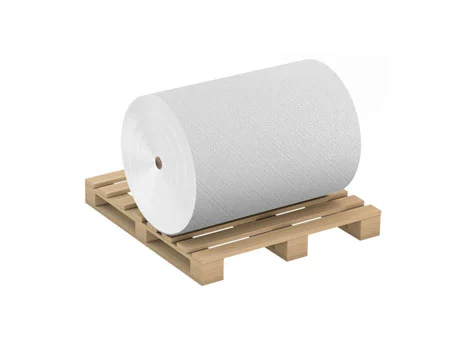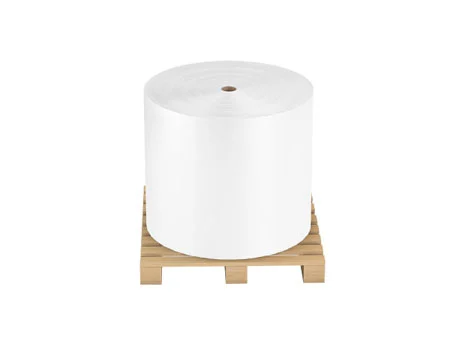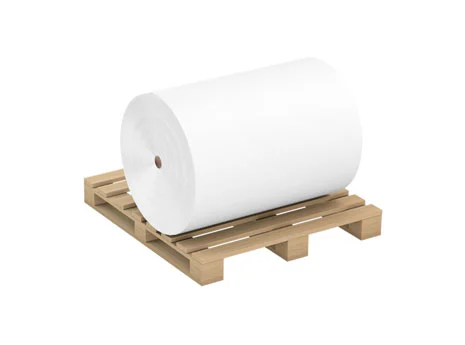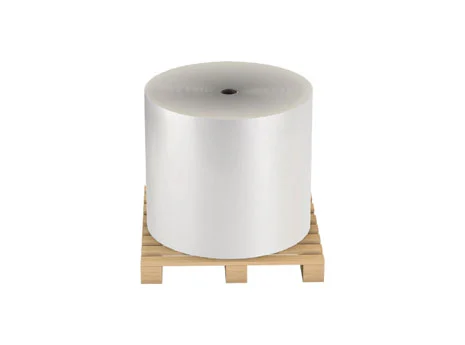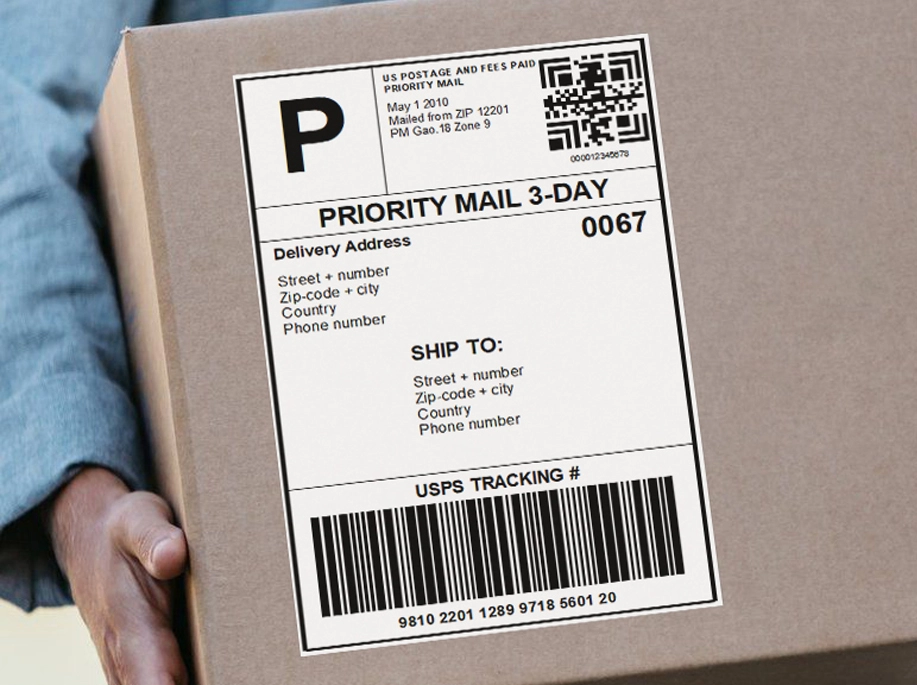
Die-cut glue overflow refers to the phenomenon where glue overflows at the edges of self-adhesive labels after the die-cutting process. It is a common defect of self-adhesive labels. Glue overflow can cause defects in label appearance, printing contamination, poor peeling, and other issues.
Self-adhesive labels material is an adhesive product with a sandwich structure. Die-cutting of the label uses the backing paper as a cushion, cuts through the facestock and adhesive, and peels off the facestock and adhesive outside the label shape from the backing paper.
Self-adhesive labels come in roll and flat sheet packaging methods. Except for special labels such as tire labels, most occurrences of die-cut glue overflow are found in finished roll labels. The processing and packaging methods of roll and flat sheet labels are different, causing roll labels to be more susceptible to friction and compression tension.
Self-adhesive labels adhesives are divided into two main categories: acrylic resins and rubber-based adhesives. Both belong to pressure-sensitive adhesives. The adhesive must have a certain thickness and elasticity, and will inevitably deform under conditions such as high temperature, high humidity, and pressure. Therefore, it is necessary to analyze the causes of label glue overflow based on processing, storage temperature, humidity environment, and pressure conditions.
Before selecting, you need to clearly understand the adhesive type and processing performance of the self adhesive labels material. The stronger the adhesive fluidity, the more prone it is to glue overflow. When the temperature is high, the adhesive has good fluidity and strong initial tackiness. However, high temperature and high humidity environments will greatly increase the fluidity of the adhesive, making summer and rainy seasons prone to glue overflow problems. The generation of glue overflow is also closely related to the coating amount of the adhesive. For example, tire labels have a relatively large adhesive coating amount, so they are also more prone to glue overflow (despite the addition of anti-flow agents in the adhesive). The coating amount of adhesive should be different in winter and summer, which is more sensitive for self-adhesive materials with film facestock. Since the formulations of winter and summer self-adhesives are different, they should not be used out of season, nor should self-adhesive materials and labels be stockpiled for long periods. Stocks should be minimized and self-adhesive materials used on a "first in, first out" principle.
Excessively high temperatures can cause self-adhesive labels to overflow glue, so it is especially important to maintain a suitable workshop temperature when producing self-adhesive labels in summer. The temperature of the label processing and storage environment should be controlled at 23°C, and the relative humidity should be controlled at 55%. Excessive temperature or humidity will increase the fluidity of the adhesive.
Sharp tools must be used for die-cutting. A blunt blade will cause the label adhesive to be squeezed, leading to glue overflow at the label edges during the die-cutting process. Excessive die-cutting pressure can also cause excessive compression of the label adhesive, while too little die-cutting pressure may cause adhesive filaments during the die-cutting process, resulting in glue overflow at the edges or surface of the self-adhesive labels.
Sliding friction during the processing of self-adhesive labels should be avoided, as components in sliding friction with the label can easily accumulate glue, thereby contaminating the edges of self-adhesive labels. In such cases, the glue overflow positions on the label will display obvious regularity and directionality.
Excessive rewinding tension can cause excessive compression of the label adhesive, even causing the label to slip on the backing paper, leading to glue overflow. Non-rectangular labels are prone to local tension inconsistency due to axial rewinding tension, resulting in partial glue overflow. Small rectangular labels are also prone to glue overflow due to the larger pressure they have to withstand under the same pressure.




 English
English  中文
中文  한국어
한국어  français
français  Deutsch
Deutsch  Español
Español  italiano
italiano  русский
русский  português
português  العربية
العربية  Polska
Polska  Indonesia
Indonesia 